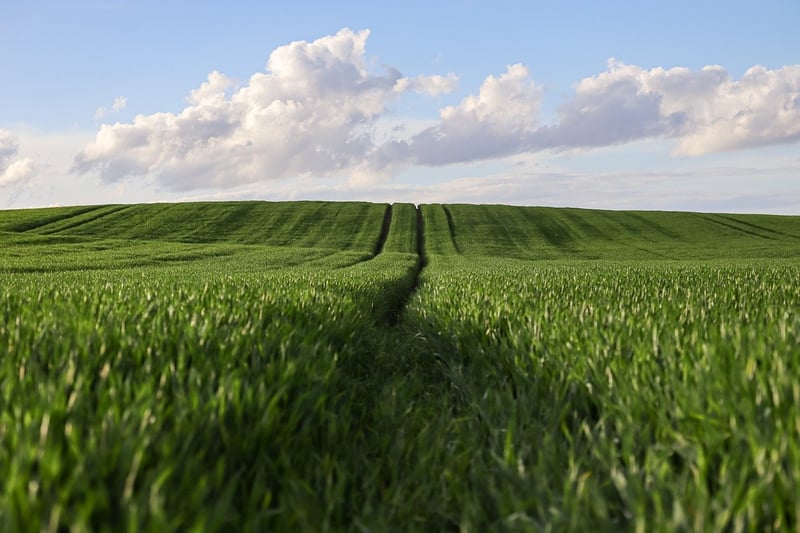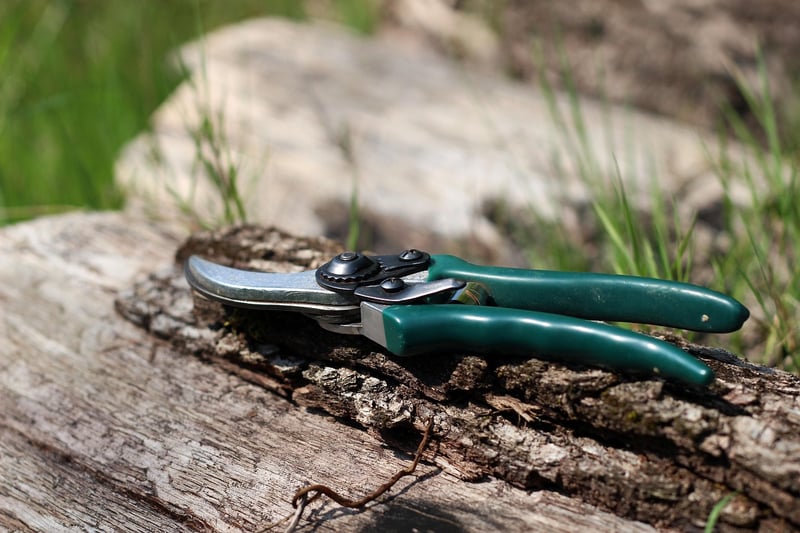Pruning Techniques
Maintaining Plant Health and Pruning Techniques
Plants are a beautiful addition to any home or garden, but to keep them thriving, it's essential to understand how to maintain their health and employ proper pruning techniques. This guide will provide you with valuable tips and insights to ensure your plants stay healthy and vibrant.
1. Watering
Proper watering is crucial for plant health. Different plants have varying water requirements, so it's essential to research the specific needs of each plant in your care. Overwatering can lead to root rot, while underwatering can cause wilting and stress. Check the soil moisture regularly and adjust your watering schedule accordingly.
2. Sunlight
Plants need sunlight to photosynthesize and grow. Ensure your plants are placed in locations where they can receive adequate sunlight based on their individual requirements. Some plants thrive in full sun, while others prefer partial or full shade. Pay attention to any signs of sunburn or lack of light and adjust their placement as needed.
3. Soil and Fertilization
Healthy soil is the foundation for plant growth. Use high-quality potting mix or garden soil that is well-draining and rich in nutrients. Regularly fertilize your plants with a balanced fertilizer to provide them with essential nutrients for healthy growth. Be mindful of over-fertilization, which can harm your plants.
4. Pruning Techniques
Pruning is a vital aspect of plant care that helps promote growth, improve airflow, and maintain the overall health and appearance of your plants. Here are some key pruning techniques to keep in mind:
a. Deadheading
Remove spent flowers to encourage new blooms and prevent the plant from focusing its energy on seed production.
b. Thinning
Remove excess branches to improve airflow and light penetration, reducing the risk of disease and promoting overall plant health.
c. Shaping
Prune your plants to maintain a desired shape or size, ensuring they fit well in their designated space and look aesthetically pleasing.
d. Rejuvenation Pruning
For overgrown or neglected plants, consider rejuvenation pruning to remove old, diseased, or damaged wood and stimulate new growth.
5. Tools
Invest in high-quality pruning tools such as sharp bypass pruners, loppers, and pruning saws. Keeping your tools clean and sharp will ensure clean cuts that promote faster healing and reduce the risk of disease transmission.
By following these tips on maintaining plant health and using proper pruning techniques, you can ensure that your plants not only survive but thrive in their environment. Happy gardening!


